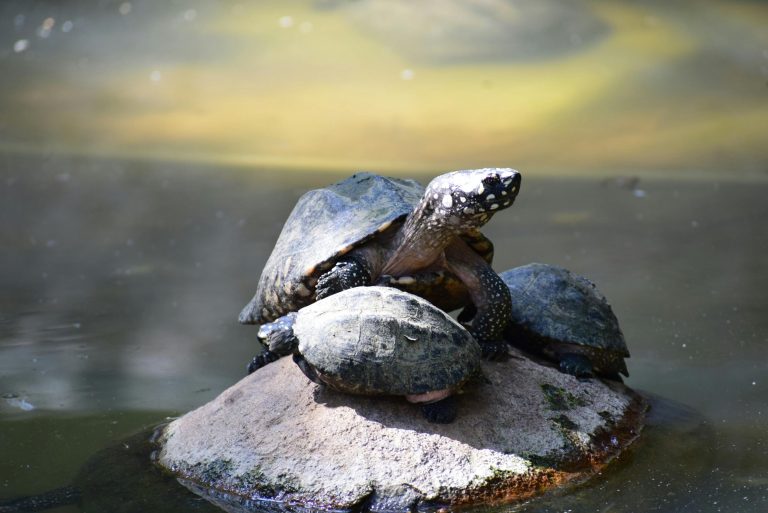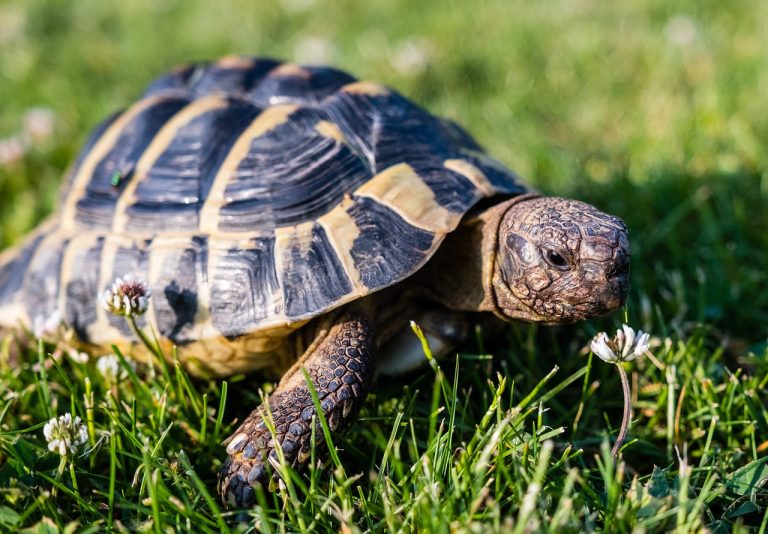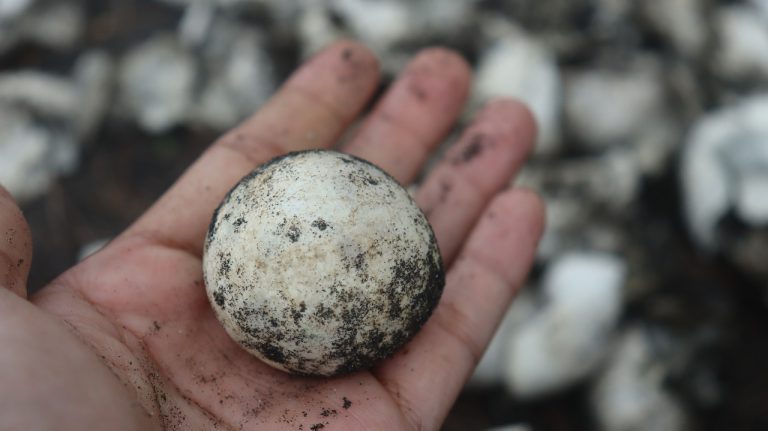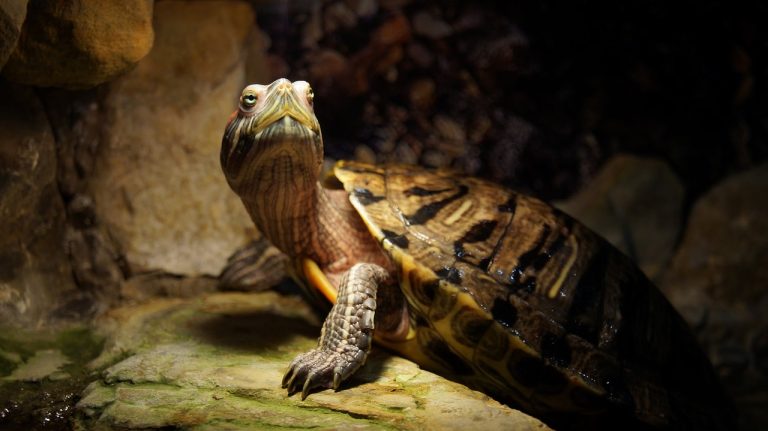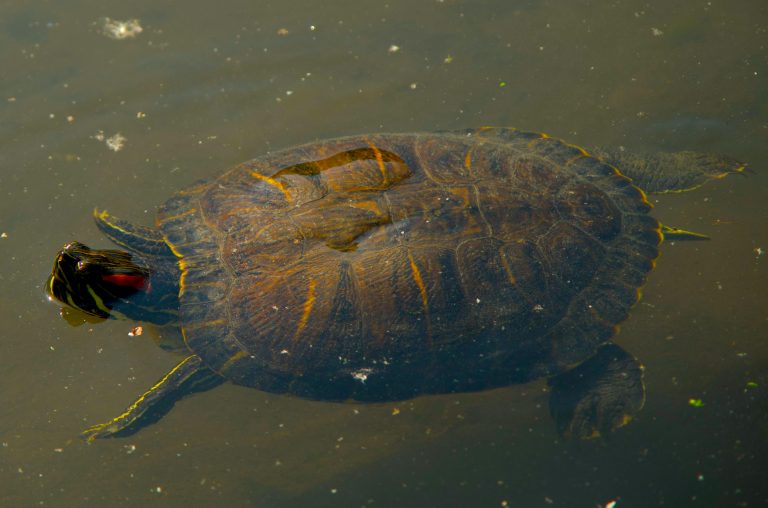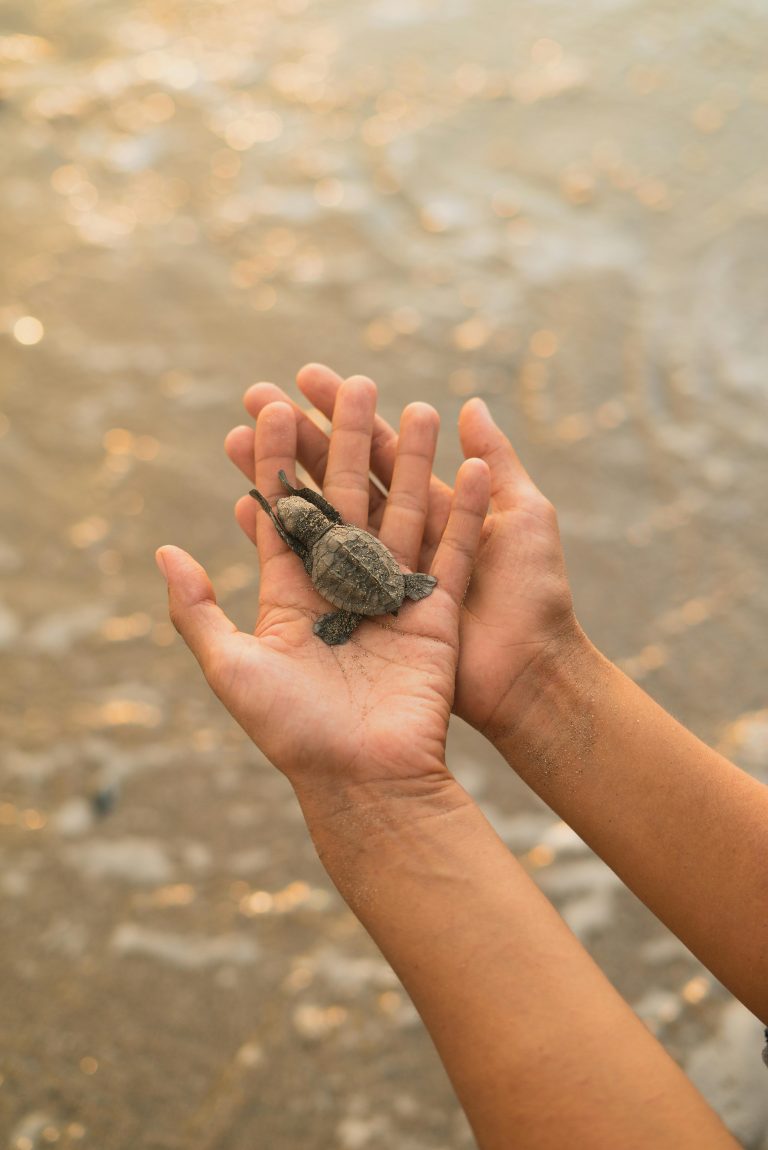Is It Normal For Tortoise To Shed Skin?
Don’t be alarmed if you notice your tortoise’s skin turning white, flaky, and patchy. It might just be shedding its old skin, which is totally normal for these little armored buddies. But is it something to worry about?
Skin shedding is a natural part of life for tortoises. As they grow, new skin develops underneath the old layer. So, when the time is right, the old skin simply flakes off, revealing the fresh skin beneath. However, sometimes factors like infection or dehydration can mess with this process, causing unhealthy shedding.
So, do tortoises need a helping hand with their skin peeling? And what exactly is your role in all of this? How can you tell if the shedding is going smoothly or if there’s a problem brewing? Let’s dive in and uncover the secrets of tortoise skin shedding!
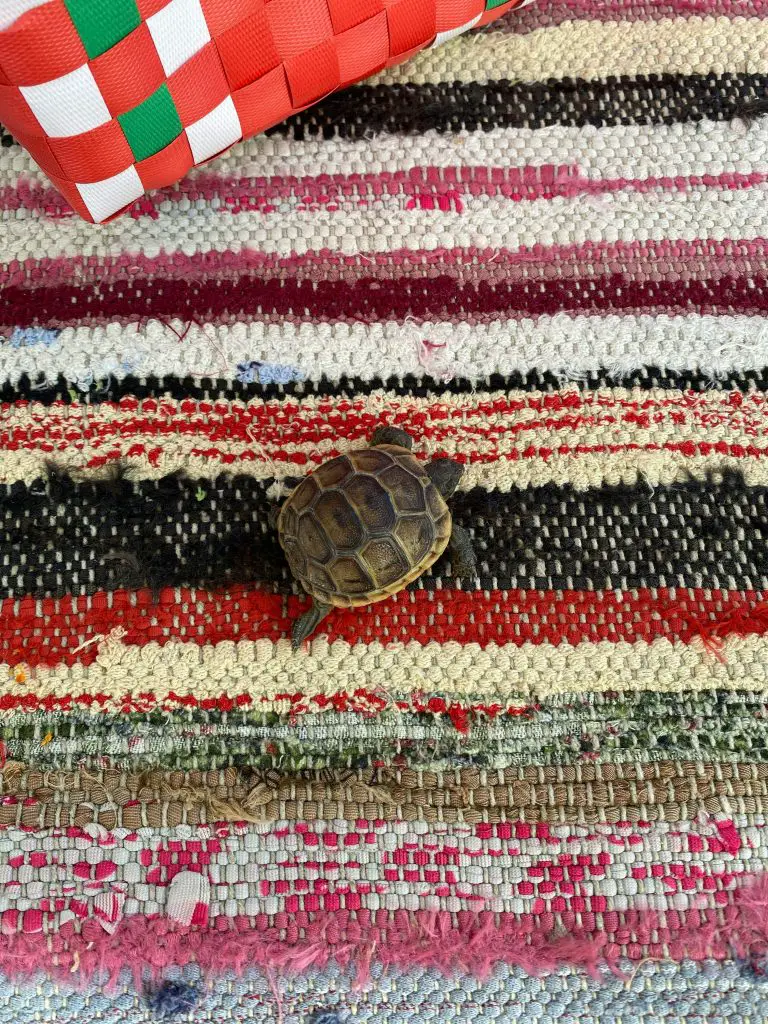
Does Tortoise Shed Skins?
Skin shedding isn’t just a human affair; it’s a common occurrence among animals too. Take snakes and geckos, for instance—they’re notorious for ditching their skins year-round.
And guess what? Tortoises are also in on the shedding action. But why do they do it?
Well, just like in snakes and lizards, skin shedding in tortoises signifies growth. It’s like their outerwear isn’t stretchy enough to keep up with their expanding bodies. So, underneath the old skin, fresh tissue starts forming. When the makeover is complete, the tortoise simply casts off its old skin, revealing its shiny new self.
This shedding isn’t just about looking good, though. It’s a crucial part of keeping these reptilian pals healthy. By shedding their old skin, tortoises can shake off potential diseases and pesky parasites, giving them a fresh start.
So, do tortoises peel off their skin? Absolutely!
Is it natural? You betcha!
But sometimes, skin peeling can signal health issues. Don’t worry; we’ll delve into that in the next sections.
Is My Tortoise Facing Routine Skin Shedding?
Absolutely! It’s understandable for any tortoise owner to feel a bit puzzled when they see their pet shedding its skin. Is it just a natural process, or could it be a sign of something more serious? Let me share some tips to help you distinguish between regular, healthy shedding and potential issues:
- Slow and Steady Wins the Race: Unlike a quick wardrobe change, tortoises can’t shed their entire skin all at once. Their tough shell makes it a gradual process, with patches and flakes coming off over an extended period.
- Necking It Out: Keep an eye on the neck area—this is usually where the shedding starts. The skin here is more flexible, making it easier and less bothersome for your tortoise.
- Losing the Luster: As the old skin makes way for the new, you’ll notice a change in appearance. The outer layer may look dry, flaky, and a tad dull, with patches taking on a white-grayish hue. But fear not, the skin underneath is fresh and healthy!
- Feeling the Itch: Just like us during a shedding phase, tortoises might feel a bit itchy and uncomfortable. You might catch them rubbing against objects to help loosen those pesky patches. A soothing warm water soak can offer some relief.
- Soaking Up the Sun: If your tortoise is gearing up for a shed, you might notice them basking for longer periods. It’s like they’re seeking out the sun’s warmth and UV rays to speed up the skin-drying process, making them more comfortable.
By keeping an eye out for these signs, you’ll be better equipped to recognize when your tortoise is just going through a natural shedding cycle. But if anything seems out of the ordinary or concerning, it’s always best to consult with a reptile-savvy vet for peace of mind.
How Often Do Tortoises Shed Skin?
Absolutely! Tortoises have a regular schedule for shedding their old skin, typically every few months. During this process, the skin comes off in batches rather than all at once, and it can take several days for the entire old layer to be dislodged.
What’s fascinating is that once the shedding is complete, the skin underneath appears remarkably healthy and fresh compared to the shed tissues. It’s like revealing a brand-new layer of skin, ready to take on the world!
This natural cycle of shedding and renewal is essential for maintaining the tortoise’s health and well-being, ensuring that they can continue to thrive in their environment. So, if you notice your tortoise going through this shedding phase, rest assured that it’s all part of their natural growth process.
My Tortoise Is Shedding Skin: What To Do?
Before anything else, it’s crucial to determine whether your tortoise’s shedding is healthy or not. As long as the skin is coming off in patches and the new skin underneath looks healthy, your tortoise is likely just fine. However, if you have any doubts or concerns, it’s always best to contact a vet for professional advice and guidance.
Now, here’s an important rule of thumb: resist the urge to intervene in your tortoise’s natural shedding process. Those flakes will come off on their own within several days, so trying to force them off prematurely could end up hurting your pet. Think about it—nobody likes to be rushed through a makeover, especially if it leads to wounds or infections.
So, for now, give your tortoise some space and let nature take its course. However, don’t forget about maintaining cleanliness in their enclosure. Keeping their pen hygienic is crucial during this shedding period to prevent any potential infections or irritations to their tender, newly exposed skin.
By following these simple guidelines, you can ensure that your tortoise stays comfortable and healthy throughout the shedding process, without any unnecessary interruptions or complications.
My Tortoise Is Shedding Skin Abnormally: What To Do?
If your tortoise’s skin shedding is healthy, there’s no need to fret—even if they’re flaking off their skin excessively. Trust in nature’s process; your pet will finish the peeling naturally.
However, if you do notice excessive shedding, it could be a sign that the environment is too dry, hindering your pet’s shedding process. But don’t worry, there are ways to lend a helping hand:
- High-Quality Substrate: The bedding in your tortoise’s habitat isn’t just for burrowing—it also plays a vital role in moisture retention. Invest in a safe substrate that can hold onto just the right amount of humidity to assist your tortoise in shedding.
- Water Source: While tortoises may not be swimmers, they still need access to water for drinking and bathing. Having a water source in the pen helps maintain a humid environment indoors.
- Sprinkle or Humidifier: A simple and cost-effective way to increase humidity is by lightly misting the substrate with a water spray. Alternatively, you can opt for a more sophisticated solution by installing a humidifier to regulate humidity levels more precisely.
- Soaking Hour: Regular bathing is essential for keeping your tortoise hydrated. Experts recommend soaking your pet for 20 to 30 minutes two or three times a week. A warm bath can help ease discomfort and assist in shedding their skin more comfortably.
By incorporating these methods to regulate humidity in your tortoise’s environment, you can ensure that they stay comfortable and healthy during their shedding process. Remember, a little extra care can go a long way in keeping your pet happy and thriving.
Is It Safe Peeling Off Tortoise Dead Skin?
Absolutely, interfering with your tortoise’s natural skin-shedding process can lead to serious consequences. Attempting to remove the old skin manually can result in skin sores, bleeding, and even injuries, creating openings for potential infections to take hold.
Scrubbing off dead cells isn’t advisable either. You run the risk of removing tissues that aren’t fully detached yet, potentially causing unnecessary discomfort to your pet. Moreover, there’s a chance of accidentally scratching the delicate skin beneath the old layer, which could lead to further complications.
So, it’s best to let your tortoises shed their skin at their own pace, allowing the process to unfold naturally. By doing so, you’re safeguarding their well-being and minimizing the risk of any unintended harm. Remember, patience is key when it comes to caring for your reptilian friends.
Can Skin Shedding Be Unhealthy?
Indeed, not all skin shedding in tortoises is a part of their natural growth cycle. Sometimes, it can signify an underlying health issue. Here are some signs to watch out for that indicate the shedding process may not be healthy:
- Discolored Skin: If you notice patches of skin that appear different in color than usual, it could be a sign of trouble.
- Bleeding: Any signs of bleeding during the shedding process should raise concerns and warrant immediate attention.
- Inflammation around the Flakes: Inflammation or redness around the areas where the skin is shedding could indicate an infection or other issue.
- Increased Frequency of Shedding: If your tortoise is shedding its skin more frequently than usual, it may be a sign of an underlying health problem.
- Rotting Skin Patches: Any areas of the skin that appear to be rotting or decaying should be addressed promptly.
- Fly Strike: Infestation by flies, known as fly strike, can occur in areas where the skin is compromised, leading to further health issues.
In addition to these physical symptoms, you may also notice changes in your tortoise’s behavior, such as a decrease in appetite or activity level. These changes could be indicative of an underlying health issue that requires attention.
If you observe any of these signs in your tortoise, it’s essential to seek veterinary care promptly. Early detection and treatment of any underlying health problems are crucial for ensuring the well-being of your pet.
What Causes Unhealthy Skin Peeling In Tortoises?: With Treatments
Yes, tortoises can indeed experience unhealthy skin shedding, which is not a normal occurrence in healthy pets. Understanding the causes behind this abnormal shedding and their respective treatments is crucial for maintaining the well-being of your tortoise. Here are three common reasons why tortoises may shed unhealthily:
- Overfeeding:
Just like humans, tortoises can become overweight if overfed. Obesity can lead to abnormal growth patterns, causing the tortoise to shed its skin or shell more frequently than usual. To prevent this, it’s essential to control your tortoise’s diet and ensure they receive a balanced, nutritious meal plan. Avoid high-protein foods and focus on incorporating healthy items such as vegetables, grass, and weeds into their diet. Adjust feeding schedules based on their age, starting with daily feedings for hatchlings and transitioning to a 5-day-a-week routine for adults. - Infectious Disease:
Bacterial, viral, or fungal infections can affect a tortoise’s skin, leading to unhealthy shedding. Symptoms may include inflammation, patchy and flaky skin, discoloration, bleeding, mushy texture, and a foul odor. These infections can occur due to unhygienic living conditions or uncovered wounds, allowing harmful microorganisms to enter the body. It’s crucial to maintain a clean enclosure and promptly treat any wounds with antiseptic and healing cream, followed by bandaging to prevent further infection. - High Temperature:
While tortoises require a warm environment, excessively high temperatures can lead to dehydration and dry, flaky skin, resulting in unhealthy shedding. It’s essential to maintain the ideal temperature range in the enclosure, with basking temperatures ranging from 90 to 105°F, daytime temperatures in the warm zone between 75 and 90°F, daytime temperatures in the cooler zone between 65 and 75°F, and nighttime temperatures between 60 and 70°F.
By addressing these underlying causes and providing proper care and treatment, you can help prevent unhealthy skin shedding in your tortoise and ensure they remain happy and healthy for years to come.
Do Tortoises Shed Shell?
Absolutely, shell shedding is a natural process for tortoises, indicating growth and renewal. Healthy shell shedding is essential for maintaining the integrity of the tortoise’s shell and preventing shell infections. Here are some signs of healthy shell shedding to watch out for:
- Discolored Shell: A healthy shedding process may result in patches of discoloration on the shell as old scutes come off, revealing the fresh shell underneath.
- Plastic-like Flakes: During shedding, the old scutes may come off in plastic-like flakes, indicating a healthy shedding process.
- Fresh and Shiny Layer: Once the old scutes are shed, a fresh and shiny layer of shell is visible underneath, signifying healthy growth.
- Firmer and Bigger Shell: As the tortoise sheds old scutes and grows, the shell should become firmer and larger over time.
While healthy shell shedding does not typically interfere with the tortoise’s daily activities, abnormal peeling can be cause for concern. Factors such as vitamin D deficiency, shell rot, or metabolic bone disease (MBD) can lead to unhealthy shell shedding in tortoises. Signs of abnormal shedding may include:
- Peels with soft scutes
- Black pits around the wound
- Foul odor emanating from the shell
If you notice any of these signs, it’s crucial to consult a vet immediately and have your tortoise thoroughly examined. Early detection and treatment of any underlying issues are essential for ensuring the health and well-being of your pet tortoise.
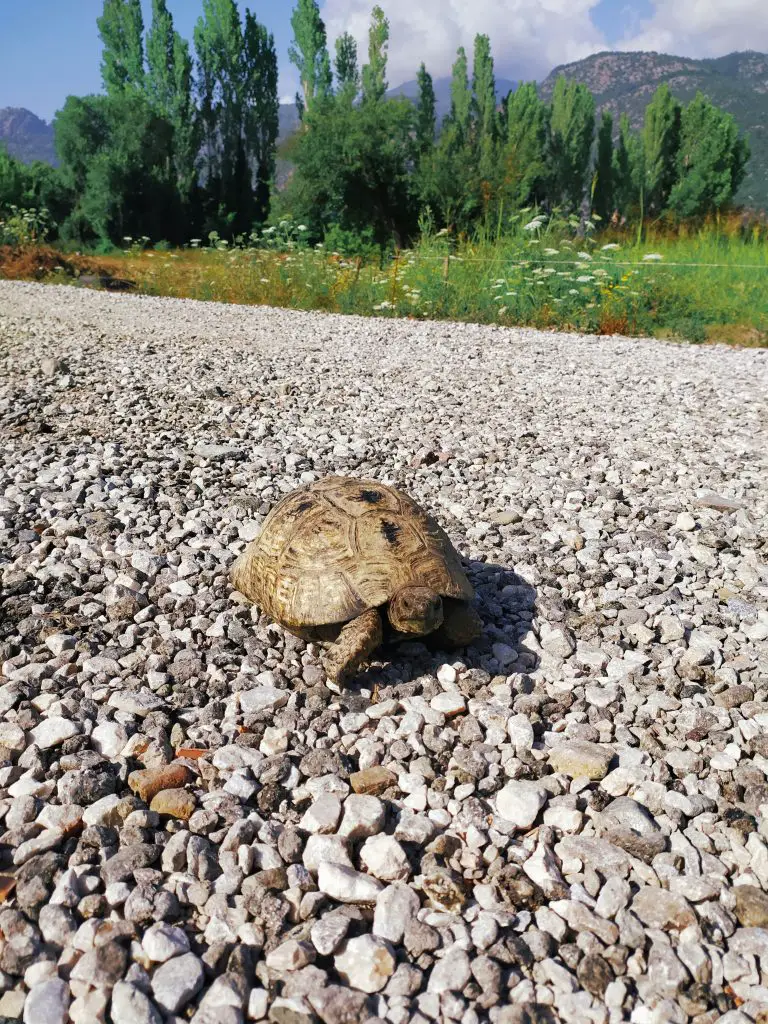
Conclusion
Skin shedding is a natural process for both tortoises and turtles, serving to remove old, dead skin cells and promote the growth of new, healthy skin. While healthy shedding is characterized by the removal of dry, flaky skin and the revelation of a fresh layer underneath, abnormal shedding may indicate underlying health issues or environmental factors.
For both tortoises and turtles, signs of unhealthy shedding include excessive peeling, discoloration, lesions, inflammation, or signs of infection. In such cases, prompt veterinary attention is crucial to determine the underlying cause and provide appropriate treatment.
By understanding the signs and causes of both healthy and unhealthy shedding, turtle and tortoise owners can better care for their pets and ensure their overall health and well-being. Regular monitoring and timely veterinary care are essential for maintaining the health of these fascinating reptiles.
